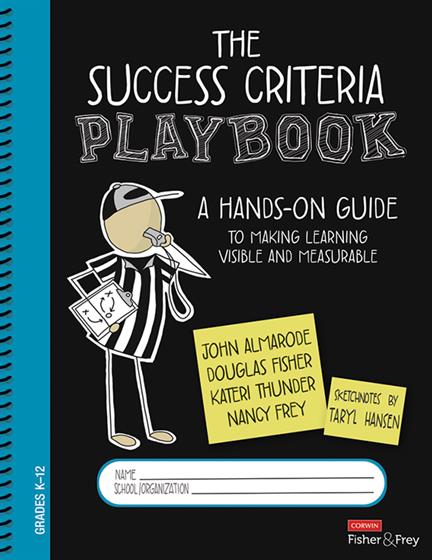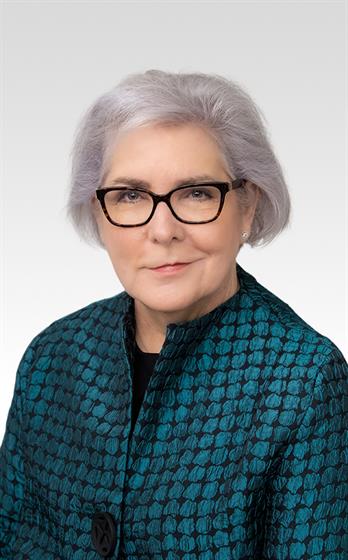Hands-on, Practical Guidance for Educators
From math,
literacy, science, equity, multilingual learners, and SEL, to assessment, school counseling,
and education leadership, our books are research-based and authored by experts
on topics most relevant to what educators are facing today.

Bestseller!
The Success Criteria Playbook
A Hands-On Guide to Making Learning Visible and Measurable
Sketchnotes by Taryl Hansen
Ensure equity of access to learning and opportunity for all students by designing and employing high-quality, high-impact success criteria that connect learners to a shared understanding of what success looks like for any given learning intention.
Product Details
- Grade Level: PreK-12
- ISBN: 9781071831540
- Published By: Corwin
- Year: 2021
- Page Count: 224
- Publication date: January 29, 2021
Review Copies
Review copies may be requested by individuals planning to purchase 10 or more copies for a team or considering a book for adoption in a higher ed course. Request review copy





